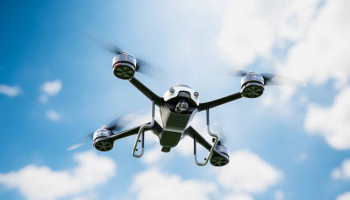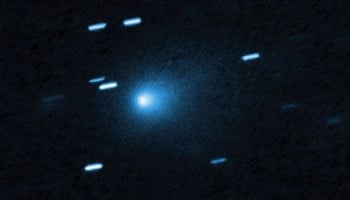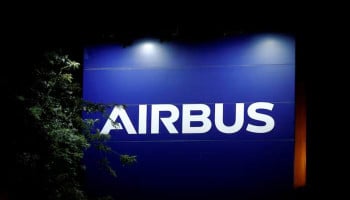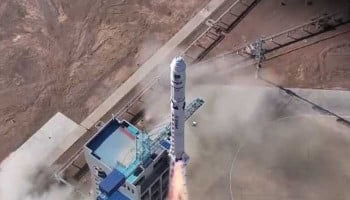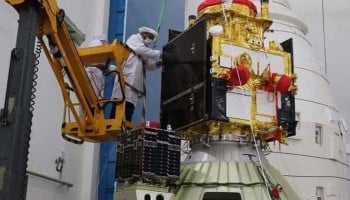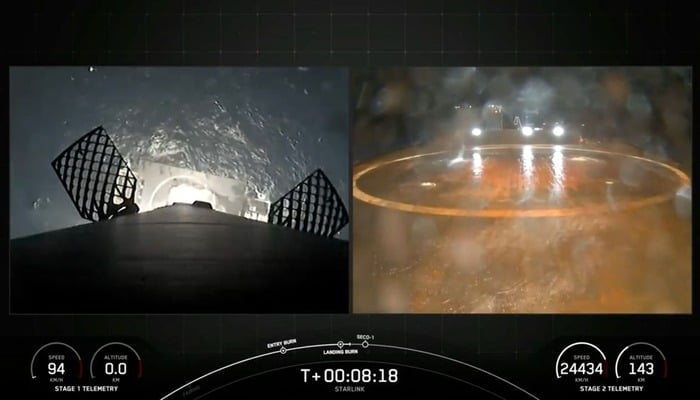
In an exception feat, SpaceX successfully launched this year's 96th Falcon 9 mission, deploying a total of 20 Starlink satellites into the low Earth orbit.
However, with its 17th flight and landing, reusable booster B1076 has supported some of the very prominent missions in the past, such as CRS-26, O3b mPOWER, and OneWeb 2.
Falcon 9 rocket launch details
On Friday (October 18) at 7:31pm EDT (2331 GMT), Falcon 9 rocket took flight from the Cape Canaveral Space Force Station in Florida, defying questionable forecasts of possibly unfavourable weather, which were deemed to have only a 40 percent chance for good conditions.
The launch was successful since the first-stage booster returned to Earth just a few minutes into the flight and landed safely on the SpaceX's autonomous drone ship termed "Just Read the Instructions" in the Atlantic Ocean.
Read more: PAKSAT MM1 — Pakistan’s first multi-mission satellite now operational
This newest flight of Falcon 9 shall help expand the Starlink mega constellation in another manner of SpaceX which comprises over 6,400 functioning spacecraft so far.
Moreover, 13 of the launched satellites are directly to cells, meaning they can easily communicate from a cell phone to a space satellite. This technology has the potential to transform global communication and, therefore, connectivity.
Reusable rocket by SpaceX
SpaceX’s reusable rocket has reduced the cost of accessing space by colossal proportions, enabling the company to conduct unprecedented numbers of missions.
Till now, Cape Canaveral Space Force Station has seen 980 rocket launches, and of them, the orbital launch attempts stored in the Space Launch Complex 40 are 266.
The upper stage deployed the Starlink satellites nearly 64 minutes after liftoff, adding to the growing constellation. SpaceX's Starlink network aims to provide high-speed internet connectivity worldwide, bridging the digital divide.





